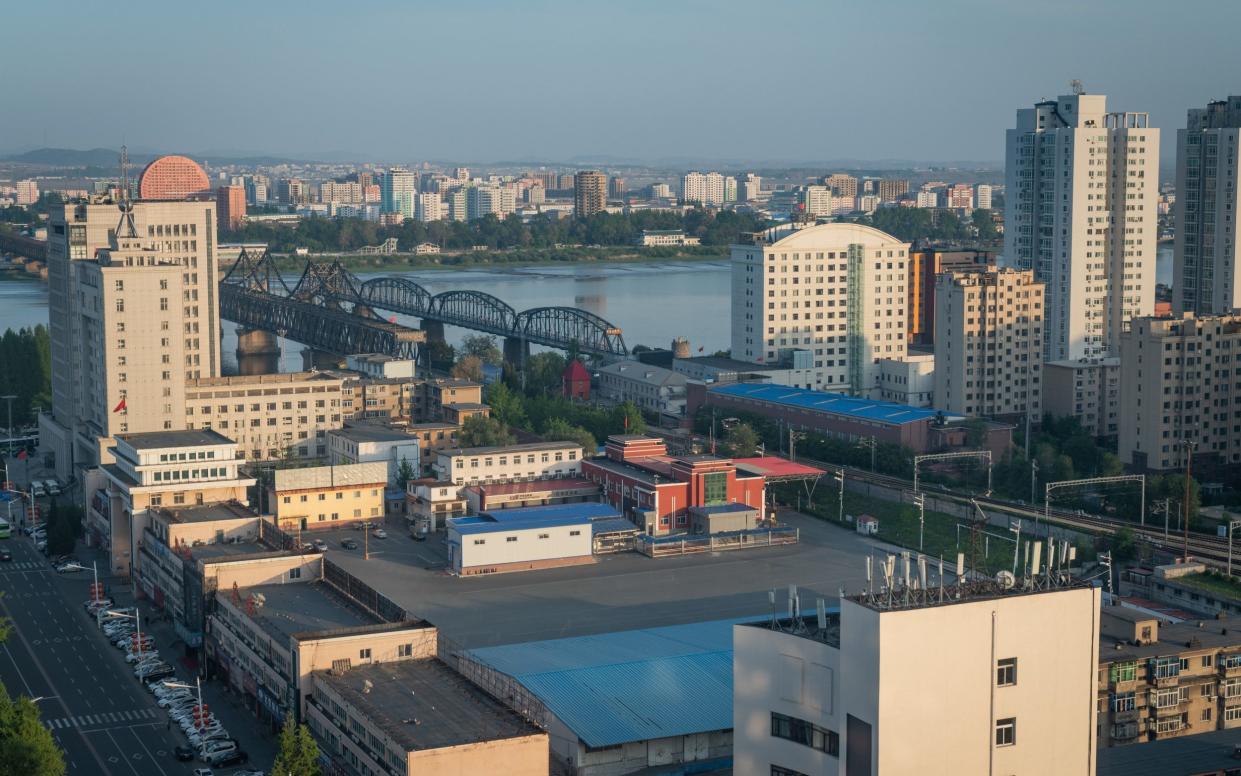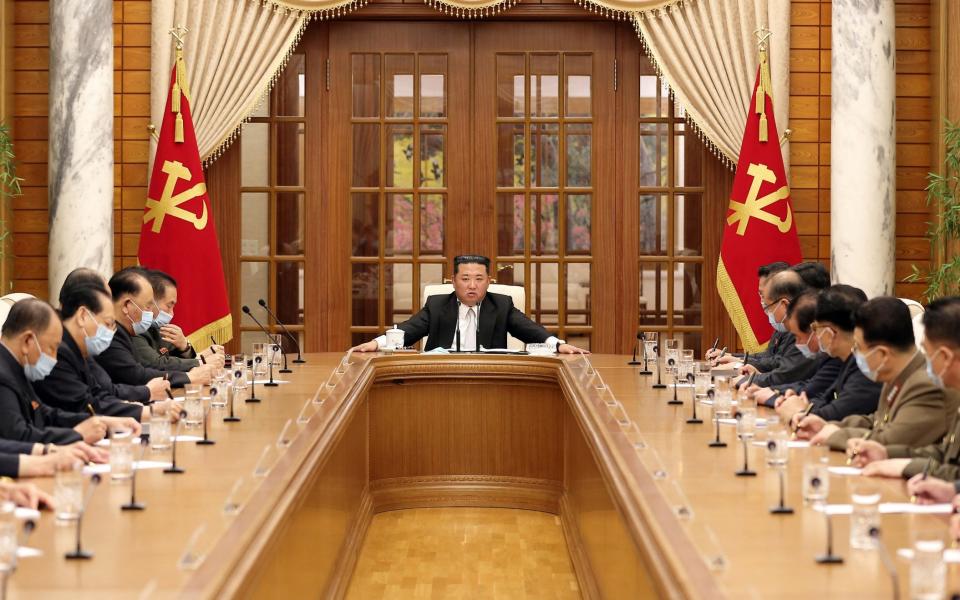China thinks an ill wind from North Korea is blowing Covid-19 over the border

China is testing the air from North Korea for traces of Covid-19 and encouraging people living along the border to shut their windows on days with a southerly wind.
A video obtained by CNN showed Chinese Center for Disease Control and Prevention officials installing air monitoring machines next to the Yalu River, which separates the two countries in the north-eastern border city of Dandong. About 70 per cent of North Korea’s trade passed through there before the pandemic.
The machines are believed to be checking for Covid-19 droplets blowing in the breeze from the North, which has recently experienced its biggest outbreak of the virus.
Earlier in June, residents who lived near the river - which measures less than one kilometre wide in some spots - were ordered in a government notice to close their windows and refrain from walking by the river. They were also asked to go for more frequent testing.
Authorities have also cracked down on smuggling across the river, offering cash incentives for information on those involved.
The move appears to have been prompted by unexplained chains of transmission in the city of 2.19 million. Dandong, which has long been a trading hub with North Korea, has experienced one of the most heavy-handed lockdowns of China’s “zero-Covid” strategy.
There is no clear scientific evidence to support the theory that infections are possible through airborne transmission over long distances, and Chinese authorities have not commented further.
Ben Cowling, chairman of epidemiology at the University of Hong Kong’s School of Public Health, told Bloomberg it was unlikely that infections could spread in this way. He explained that viruses do not survive particularly well under sunlight and in open air.
Peter Collignon, professor of infectious disease at the Australian National University, said it was more likely the movement of people, either across the border or within the city, was causing spread. Essential workers could have fuelled the spread.
China’s zero-Covid strategy has been repeatedly tested by infections leaking across its long land borders, including its frontiers with Myanmar and Russia.
Officials have been closely watching developments in North Korea after it was hit in April by its first major Covid-19 outbreak of the pandemic. The government declared the “gravest national emergency”.

Little information has emerged from the hermit kingdom, but suspected cases topped four million by late April.
Pyongyang has since declared victory, claiming Covid is under control and lifting its own lockdown. Meanwhile, China has continued its draconian policy of isolating communities and imposing quarantine camps on citizens who test positive.
Earlier this month Hao Jianjun, the mayor of Dandong, apologised amid widespread dissatisfaction over the government’s draconian Covid response, admitting the authorities’ work and basic services had been “unsatisfactory”.
The apology was highly unusual for a ranking Communist Party official, particularly as the zero-Covid policy has been constantly promoted by President Xi Jinping and top Communist party officials.
CNN revealed government censors had also blocked a North Korean public health video reassuring the public that most cases of the omicron variant were mild and could be treated at home. It triggered praise from Chinese internet users, who said that Pyongyang was taking a more scientific approach.
“Suddenly I realise we are the most pathetic,” said one social media user.

 Yahoo Movies
Yahoo Movies 
